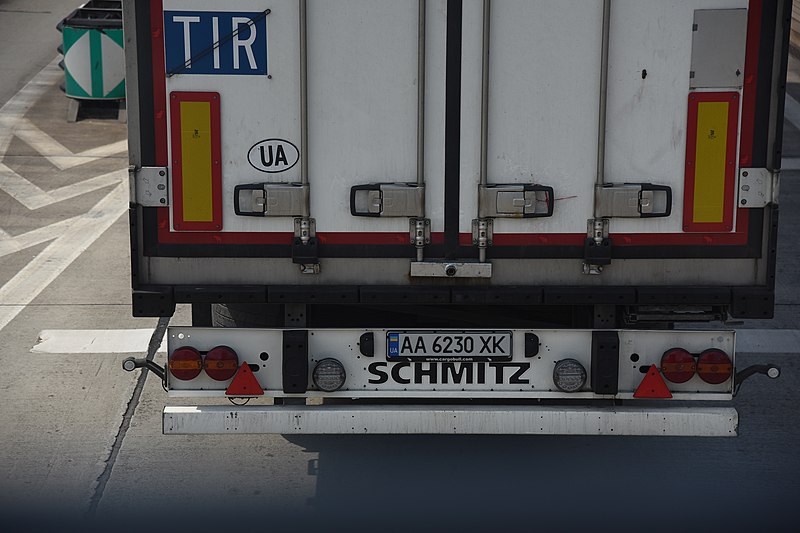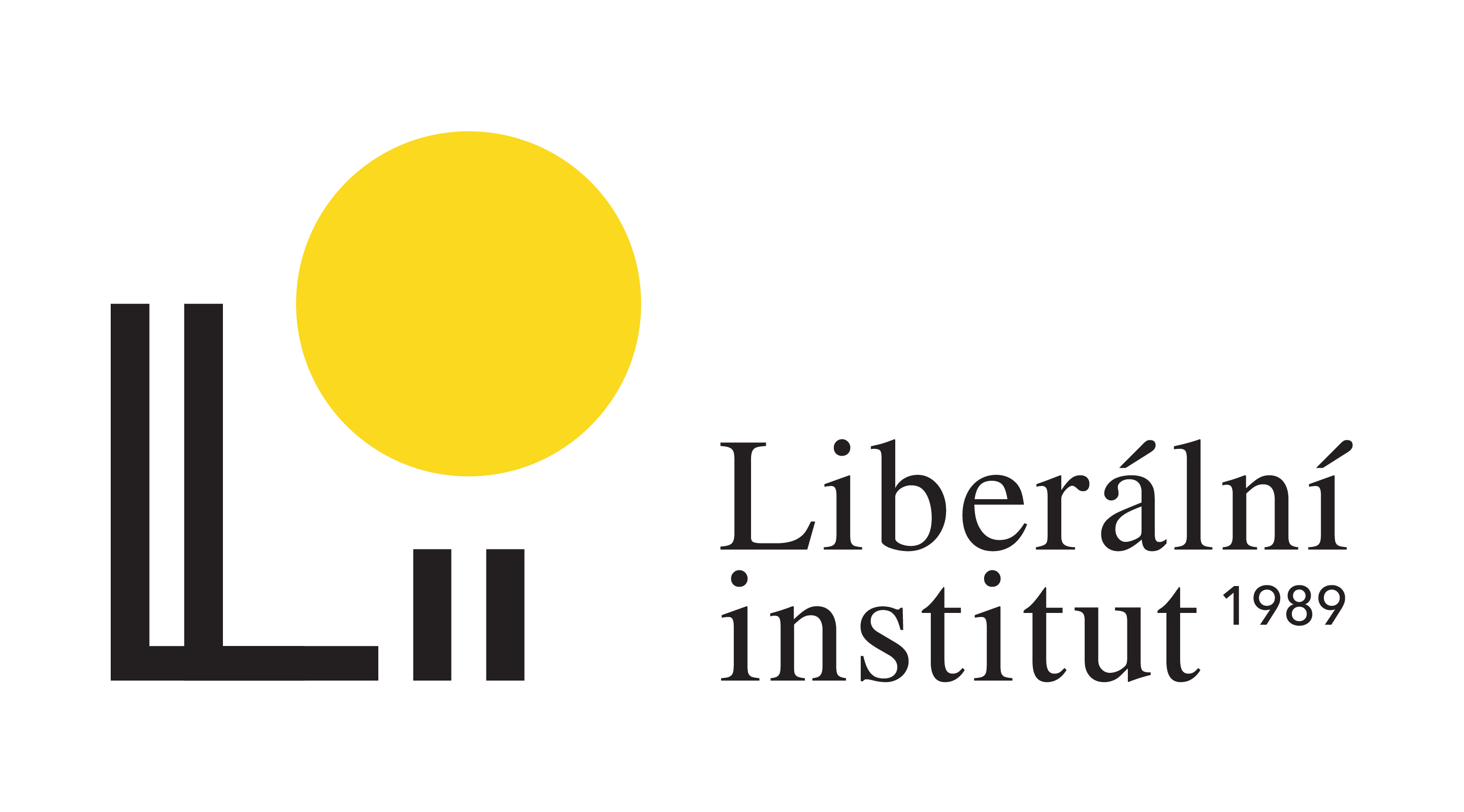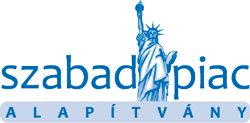Over the last years, Ukraine has intensified its trade links with the European Union driven by both the positive stimulus provided by the Association Agreement and a negative stimulus, namely the need to replace lost trade links with Russia.
Between 2013 and 2018, the share of the EU in Ukraine’s international trade in goods increased to 42% from 31%1, while 2018 trade value at USD 43.4 bn almost reached pre-crisis level (USD 43.8 bn in 2013) and grew by over 50% from 2015.
However, future trade growth may be constrained by logistical constraints. In 2018 and 2019, Ukrainian carriers have faced restrictions on their ability to deliver cargo by road to EU countries.
Poland proved a biggest sticking point as the number of Ukrainian cargo trucks allowed to pass in or through Polish roadways was reduced despite growing trade volumes. The role of the road transportation in the EU-Ukraine trade is high.
According to Eurostat, road carriers accounted for 38% of Ukrainian exports and 81% of imports from the EU (in euros) in 2018. Switching mode of transportation may be difficult as Ukraine’s rail, seaport and air capacity is limited and not always cost-effective.
International road transport is governed by a complex network of multilateral and bilateral agreements. Ukrainian carriers may deliver cargo by road under the multilateral system of transport licenses managed by International Transport Forum (ITF, formerly European Conference of Ministers of Transport or ECMT2) involving 43 European countries, including both EU member states and Ukraine.
Generally, ECMT permits3 are valid for multiple trips of one truck over one year across all 43 European countries if certain conditions are fulfilled. They are more useful for non-EU countries as intra-EU road traffic is completely liberalized under single market EU legislation (i.e. there are no permits or quotas within the EU). However, the number of ECMT permits available for each member is very limited.
Deliveries not covered by the ITF multilateral system are done on the basis of bilateral permits. For example, a cargo delivery by truck from Ukraine to France via Germany and Poland requires permits from all three countries crossed by the truck.
Bilateral arrangements are fairly standard: each year pairs of countries grant each other certain (usually equal) number of permits, allowing carriers from one country to haul cargo on the roads of the partner country. The number and type of permits are determined in bilateral negotiations.
Permits usually cover a single back and forth journey by one truck, although multiple-use permits are sometimes available. Permits may limit type of delivery (transit or ending in the country) and be subject to safety or environmental regulations (e.g. the ‘EURO V Safe’ limitation of harmful emissions).
For example, the German universal ‘E5’ permit allows use of German roads regardless of destination by truck conforming to the ‘EURO V Safe’ emission standards. A transit permit allows only transit and prohibits delivery in the country of issuance. Permits are printed by the issuing country and delivered through diplomatic channels to the other country. The second country then distributes permits to its carriers on behalf of issuing country.
Trouble starts when countries fail to agree on numbers of permits sufficient to cover trade volumes, which is now the case for Ukrainian exporters. Amid the growing trade volumes with the EU, in 2018, permits were exhausted before the year-end for Latvia, Czechia, Netherlands, Germany, Austria, France, and Poland.
In 2019, French, Italian and Romanian permits were exhausted within 8 months, and the monthly rationing of Polish permits led to periods when no permits were available.
In some cases, the Ukrainian authorities were able to secure additional permits for Ukrainian carriers, and small trucks can be used also in some cases.4 But when the permits are exhausted exporters and importers have to choose among several options, all of them involving additional costs: change mode of transport (to rail, water or air transport), change transport route if transit permit is lacking, or change carrier to one that has ECMT permit or that is based in other country.5 Time-sensitive orders may be cancelled altogether.
Moreover, the permit scarcity has created room for corruption and development of a ‘black market’. According to the anecdotal evidence, in 2018, one Polish permit could cost up to EUR 400-5006 on the black market. This problem was however at least partly resolved in 2019 with the introduction of the new system of the permit accounting.
The caps on number of permits act as a form of non-tariff trade barrier intended to support the carriers of the issuing country.
The most severe shortage exists for Polish permits as the Polish Ministry of Infrastructure insisted on reduction of the number of permits granted in 2019 to 160,000, a 20% drop compared to 200,000 permits initially earmarked in 2018 (a reduction of 28% if additional permits are counted),7 while Ukraine had asked for an increase to 230 000 permits.
The Polish authorities argued that the reduced number of permits would increase demand for the services of Polish carriers.8 Indeed Polish carriers use far fewer Ukrainian permits that vice versa: over the first 9 months of 2018, only 13% of 200,000 Ukrainian permits for Polish carriers were used versus 99% of Polish permits.9
This difference is explained by drop in transit cargo through Ukraine to Russia and Belarus and the significant cost advantage of Ukrainian carriers.10 At the same time, the EU started considering a ‘mobility package’ that is expected to require more costly labor protections on the EU market, reducing the competitiveness of Polish carriers.11
In response to lower number of permits provided by Poland, Ukraine decided to release them in equal numbers each month, and in July it decided to use most of the remaining permits to facilitate transit through Poland.
As a result, by the end of September 2019 no permits will be available for Ukrainian carriers’ deliveries to Poland, and transit permits are limited to 5,400 per month that is far below current demand.12
These developments force exporters and importers to seek alternative arrangements, such as delivering goods to Germany via Baltic countries and ferry boats. This also increases costs for Polish exporters and importers. It is not clear whether potential gains for Polish truckers will outweigh losses for other Polish businesses. On Ukrainian side, there are only added costs.
As a result, the Ukrainian authorities seek additional negotiations with their Polish counterparts, but so far the Polish authorities seem intent to authorize additional permits only if Polish carriers handle more of Ukrainian trade with the EU.
One theoretical option to ease the problem would be through a significant increase in the number of ECMT licenses for Ukraine carriers.
However it has to be noted that the ITF system of licenses seems to be virtually frozen, with little prospect for ongoing negotiations among the 43 member states to result in the meaningful increase in the quantities of licenses issued, even in the presence of structural trade changes such as in evidence in the case of Ukraine. This may be due to low demand for ECMT licenses for EU countries13.
Another option would be to expand the membership and priorities of the European Transport Community Treaty (TCT), which the EU created with 6 West Balkan countries14 in 2017 to 201915. This would mean adding Eastern Neighborhood countries to the TCT, and for its provisions to be extended to cover market access in road transport.
However, there seems so far to be no appetite for this. The Council decision ratifying the TCT was accompanied by a statement from the Commission and a further joint statement from Germany, France, Italy, and Austria.
The EU Commission noted 16 “The TCT does not include provisions on market access concerning road haulage transport, neither in the Treaty text nor in its Annexes” and reassured EU member countries that “bilateral agreements between Member States and South East European Parties, including the permits contained in those Agreements may be maintained”.
Commission statement further reassured member states any arrangements expanding market access in the road sector within the Transport Community will be subject to full legislative process. The Joint statement from the four EU member states in turn pointed out that “the Western Balkans Transport Treaty does not create a precedent for transport agreements with non-EU Member States”.
A third option would be to seek an EU-wide road transport agreement with Ukraine that would build on the existing commitments in the DCFTA to improve labor conditions for Ukrainian drivers and improve safety of Ukrainian trucks (and thus create more fair competition), in return for a coherent system of transport permits for Ukrainian truckers on the EU market.
While the shortage of Polish permits is the most severe, their number has not been sufficient for several other EU countries, and these deficits are likely to increase in the future. A multilateral arrangement of this kind might be negotiated as a supplement to the EU-Ukraine DCFTA.
While there is no politically easy solution in sight, there has to be recognition of a new situation. The EU’s Association Agreements and DCFTAs, with Moldova and Georgia as well as Ukraine, are now showing welcome evidence of generating increased trade flows with the EU, which has been the main economic objective of the agreements.
However, these agreements made no changes to the existing complex system of road transport permits and quotas, which is now seen to be prejudicing the intended trade expansion. European policy makers need therefore to consider changes to restore consistency to their neighbourhood strategy in this regard.
This publication is prepared within the framework of the CEPS-led “3DCFTAs” project, enabled by financial support from Sweden. Views expressed in this publication are attributed only to the authors, and may not be attributed to either the partner organization of the project or the institutions to which they may be attached, or the Government of Sweden
1 According to Ukrstat data, the share of Russia dropped from 27% to 11% of trade in goods between 2013 and 2018
2 Note that licenses issued under multilateral system managed by ITF are still called ECMT licenses
3 Small number of shorter-term ECMT licenses are also issued
4 Including cases were additional permits were also exhausted
5 Loads under 3.5 t are exempt from permits so carrying loads in small truck is also an option but it is rarely cost-effective
7 In the second half of 2018 Poland agreed to grant additional permits In several batches (6500 In August, 10 000 in October, 2000 and 4000 in December). Note that 2018 quota permits were valid until January 31, 2019. In total 222500 Polish permits were granted
8 https://www.gov.pl/web/infrastruktura/jest-porozumienie-polski-i-ukrainy-w-kwestii-przewozow-drogowych-w-2019-r
9 http://tlp.org.pl/obnizamy-wysokosc-kontyngentu-zezwolen-dla-ukrainy-i-polski/ – as per TIP road carriers association representative present at the talks
10 https://fleetguru.eu/pl/biznes/04-02-2019_mniej-zezwolen-dla-sasiadow-ze-wschodu-polska-zaczela-gre-bo-czuje-sie-zagrozona
11 Official reasoning behind reduction in permit numbers according to TIP. See link above
12 30-day allotment was exhausted in two weeks in August
13 Among EU ITF members participating in ECMT without reservations (i.e. excluding Italy, Austria and Hungary) only Bulgaria, Slovenia and Romania used their license allocations in full as of August 2019. The utilization rates in the EU-15 are very low with the highest levels in Germany at 29% and UK at 47%
14 Albania, Bosnia and Herzegovina, Kosovo, North Macedonia, Montenegro and Serbia
15 2017 – Signing and provisional application, 2019 – Entry into force























